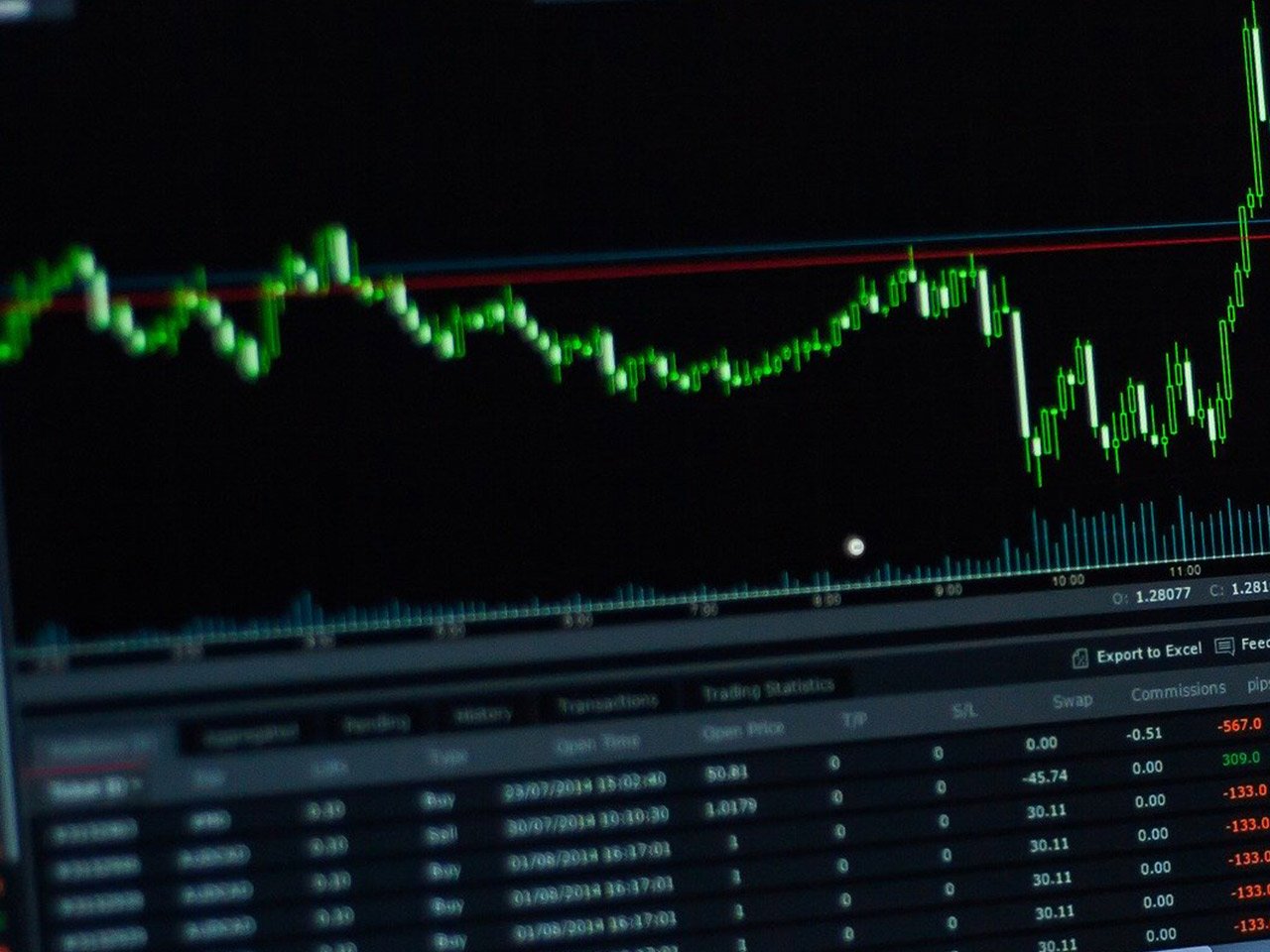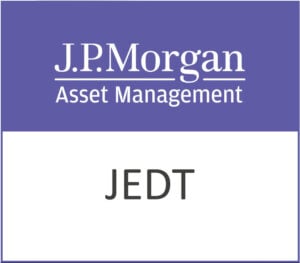Barclays PLC, trading under the symbol BARC.L, stands as a stalwart in the financial services sector, with an impressive market capitalisation of $52.9 billion. Renowned for its extensive reach, Barclays delivers a diverse array of financial services not only in the United Kingdom but also across Europe, the Americas, Africa, the Middle East, and Asia. Its operations are segmented into various branches, including Barclays UK, Barclays UK Corporate Bank, Barclays Private Bank and Wealth Management, Barclays Investment Bank, and Barclays US Consumer Bank. This diversification underscores its resilience and adaptability in a global market that is often characterised by volatility.
At present, Barclays’ stock is priced at 376.45 GBp, marking the upper limit of its 52-week range, which saw a low of 215.15 GBp. The stock’s recent price change of 2.50 GBp, albeit minor at 0.01%, signifies a steady hold at its peak, suggesting investor confidence even amidst broader market fluctuations. For investors eyeing capital gains, it’s noteworthy that the stock has room for potential upside, with analyst targets averaging 396.00 GBp, a 5.19% increase from its current price.
While the trailing P/E ratio remains unavailable, indicating potential fluctuations or volatility in earnings, the forward P/E stands at a notably high 737.28. This figure may raise eyebrows, suggesting that the market anticipates significant growth or perhaps reflects expectations of future earnings normalisation. Investors should approach this metric with cautious optimism and consider other performance indicators such as the company’s return on equity, which is a respectable 9.53%.
Barclays has demonstrated commendable revenue growth at 13.10%, a tell-tale sign of robust operational performance and strategic initiatives. However, the absence of specific net income and free cash flow figures warrants a deeper exploration into its financial health and cash management strategies. The earnings per share (EPS) stands at 0.41, reinforcing the company’s capacity to generate profit on a per-share basis, which is a critical consideration for both current and prospective shareholders.
Dividend-seeking investors will find Barclays’ dividend yield of 2.26% appealing, with a prudent payout ratio of 20.74% indicating that the company maintains a balanced approach towards rewarding shareholders while retaining capital for future growth.
Analyst sentiment towards Barclays is largely positive, with 11 buy ratings, 3 hold ratings, and a single sell rating. This paints a picture of general confidence in Barclays’ strategic direction and market positioning. The target price range of 306.00 to 435.00 GBp provides a spectrum of expectations, suggesting that while there is room for growth, investors should remain vigilant of potential market corrections.
Technical indicators provide further insights, with the 50-day moving average at 350.11 GBp and the 200-day moving average at 304.10 GBp. The stock’s current position above both averages might indicate a bullish trend. However, the Relative Strength Index (RSI) at 40.32 suggests that the stock is approaching oversold territory, which might present a buying opportunity for astute investors.
Barclays’ rich history, dating back to its founding in 1690 and subsequent evolution into a public limited company in 1985, underscores its enduring presence and adaptability in the ever-evolving financial landscape. As it continues to navigate the complexities of global financial markets, Barclays remains a compelling consideration for investors seeking a blend of stability, growth potential, and income.










































